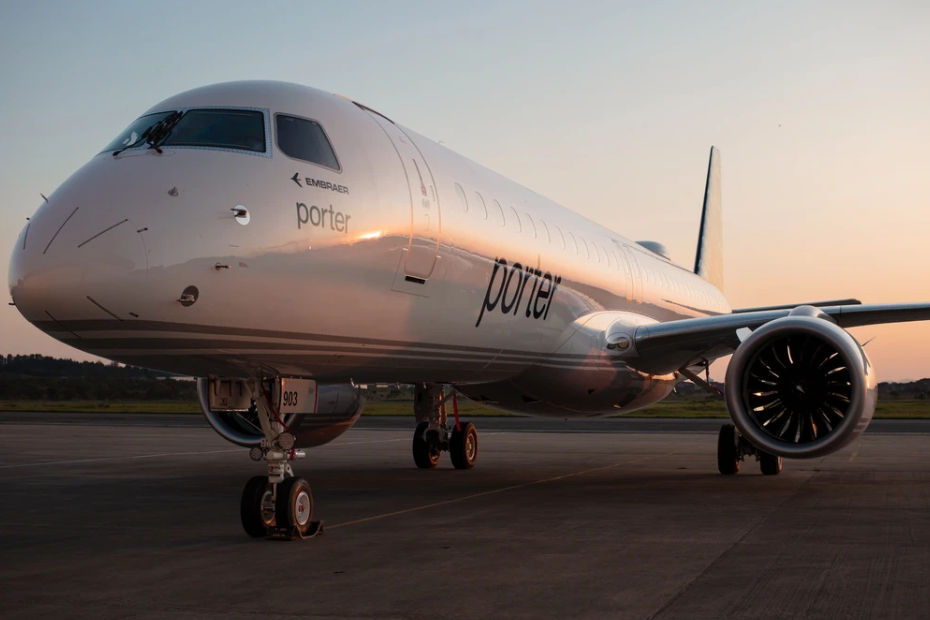Boeing Issues Progress Update on Return to Service Milestones
- Joe Breitfeller

- Nov 11, 2019
- 2 min read
Updated: Jan 11, 2020
Boeing issued a progress report Monday on the milestones that must be achieved before MAX recertification. The company now expects a January 2020 return to commercial service.

For some time, Boeing has targeted a fourth quarter return to service (RTS) for the 737 MAX. Today, the company announced that they hope to resume deliveries in December so the aircraft can begin the RTS process in January 2020. Boeing reiterated that they expect the Federal Aviation Administration (FAA) to certify the MAX flight control software before the end of the fourth quarter. Once this occurs and the FAA issues an Airworthiness Directive (AD) rescinding the grounding order, Boeing could resume delivering aircraft as early as December. However, the aircraft won’t be able to return to commercial service until the new training requirements are validated. Then, of course, the training will have to be carried out as required by each sovereign regulator, as well as individual airlines, before revenue flights can resume. Therefore, it looks like a January RTS represents the most optimistic case.
In today’s announcement, Boeing outlined five key milestones which need to be achieved before the MAX return to service. The first milestone, an “FAA eCab Simulator Certification Session,” has already been completed. This process consisted of a multi-day eCab simulator evaluation to ensure the software system performed as intended both during normal conditions and system failures.
The second milestone involves an “FAA Line Pilots Crew Workload Evaluation.” This step is particularly important, as crews in the accident aircraft did not react as assumed – to a runaway stabilizer situation. During this test, airline pilots will participate in a multi-day simulator session to evaluate human factors and workload under various stressful scenarios.
During the third milestone, “FAA Certification Flight Test,” FAA pilots will conduct certification flight(s) with the final updated software to ensure it performs as designed.
The fourth step is the “Boeing Final Submittal to the FAA” which will occur after the successful FAA certification flight tests have been completed. At this point, Boeing will submit the final software certification deliverables to the FAA.
The fifth and final milestone will be the “Joint Operational Evaluation Board (JOEB) Simulator Training Evaluation.” This will include a panel of international regulatory body members, including pilots, who will conduct multi-day simulator sessions to validate the training requirements. Once completed, the “Flight Standardization Board” will release the results, allowing for a period of public commentary. This will be followed by the final approval of the new training requirements.
Boeing reiterated that the FAA and other regulators will ultimately determine the RTS in each of their jurisdictions, but remains confident the MAX will be one of the safest airplanes ever to fly when it returns.
Source: Boeing


